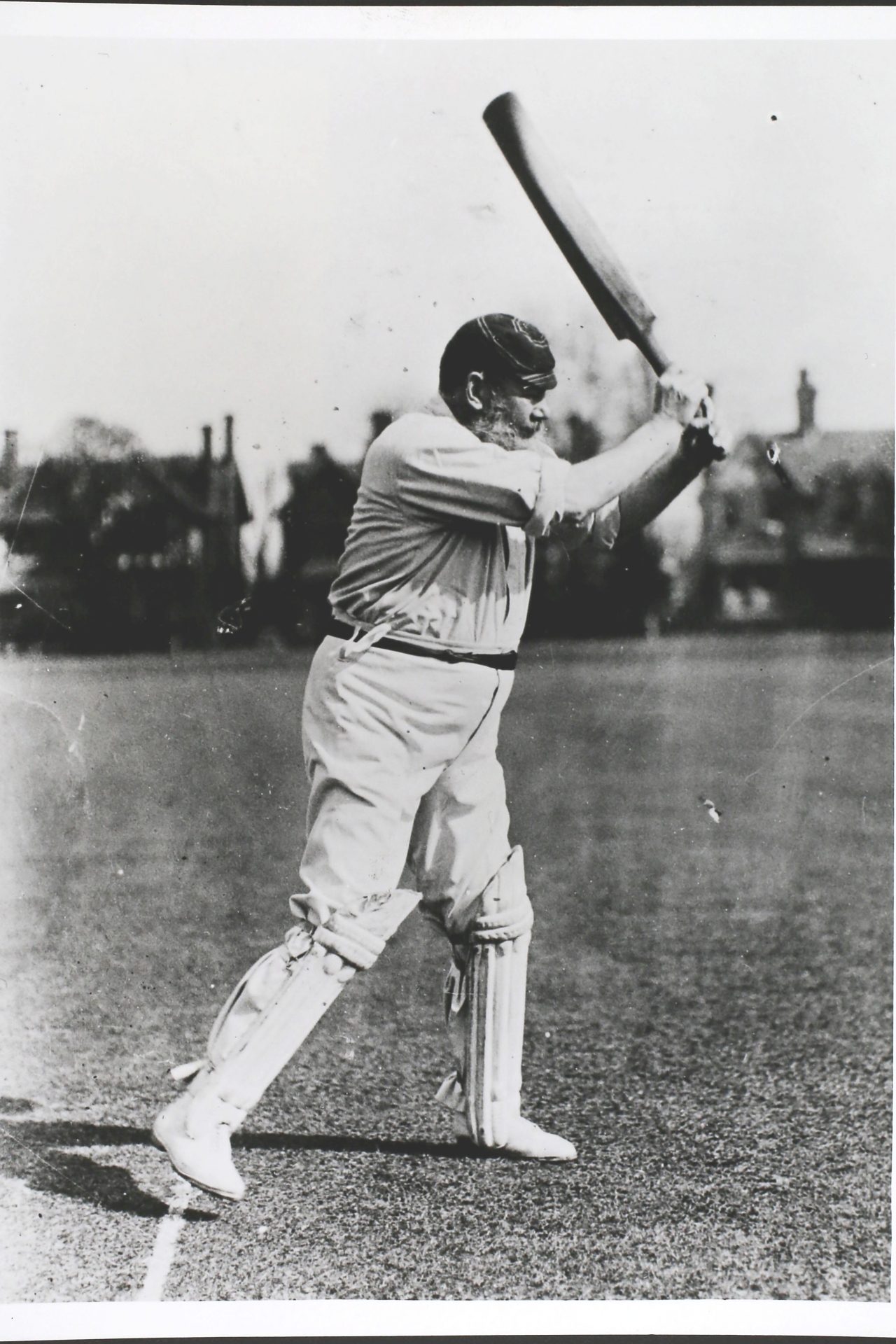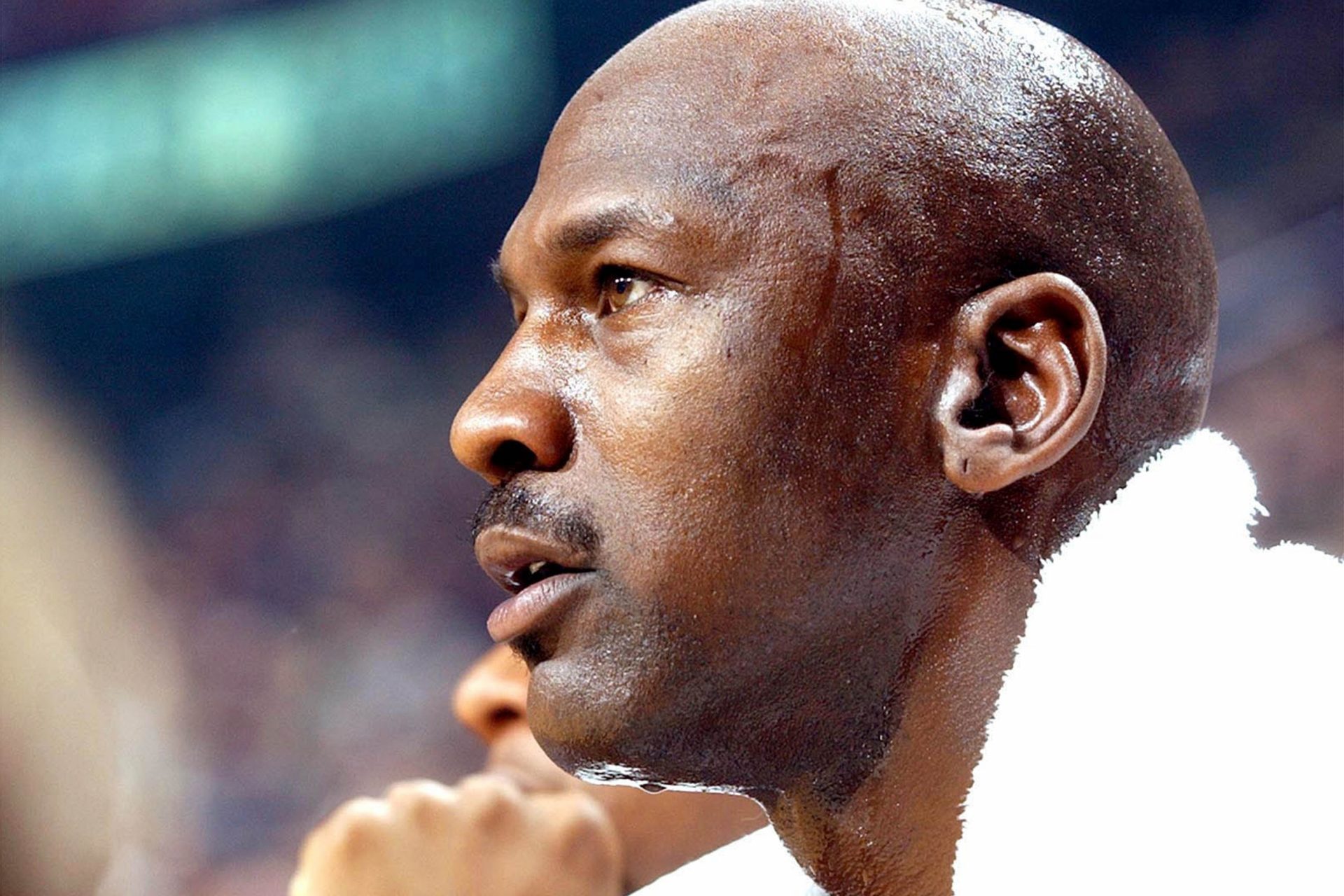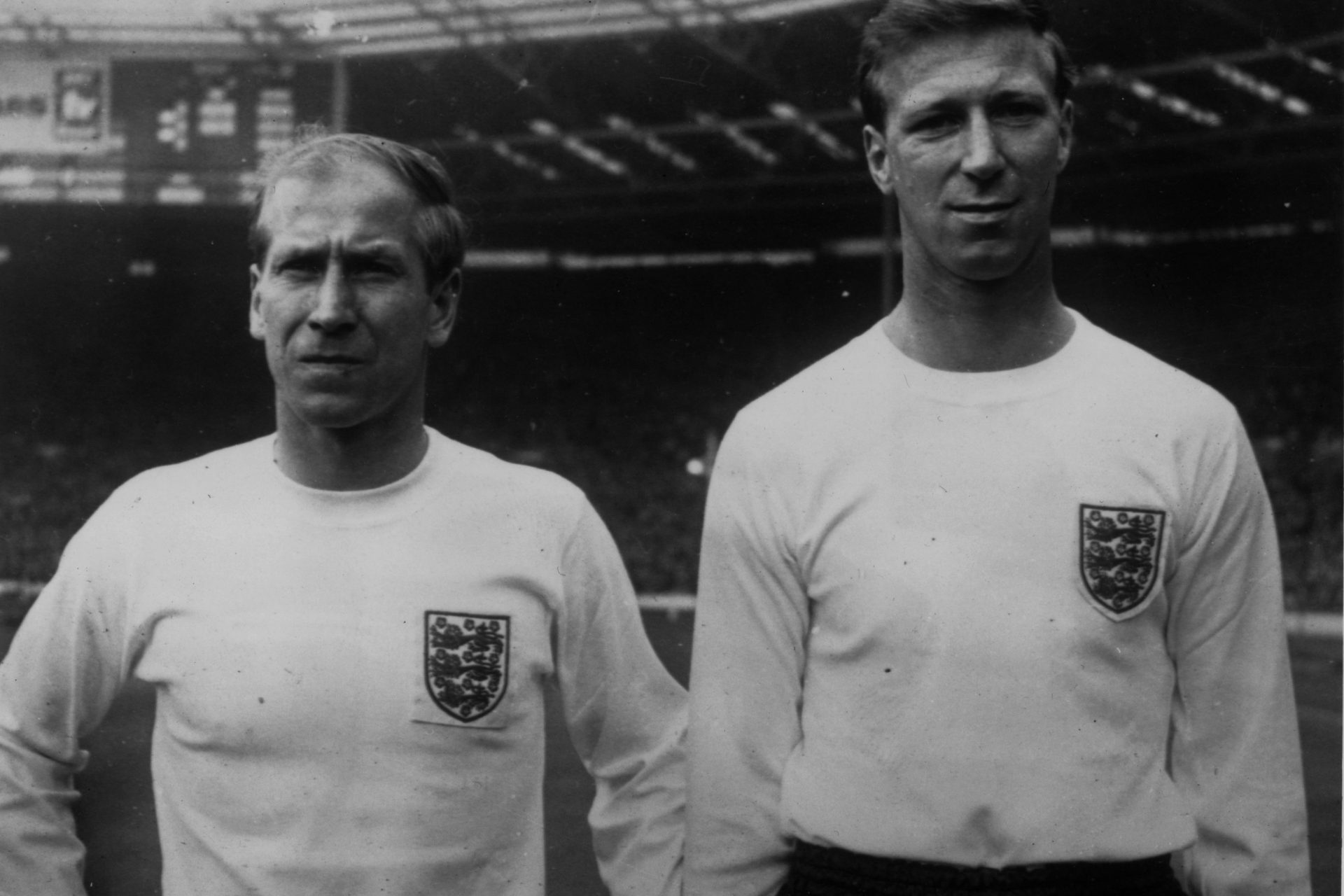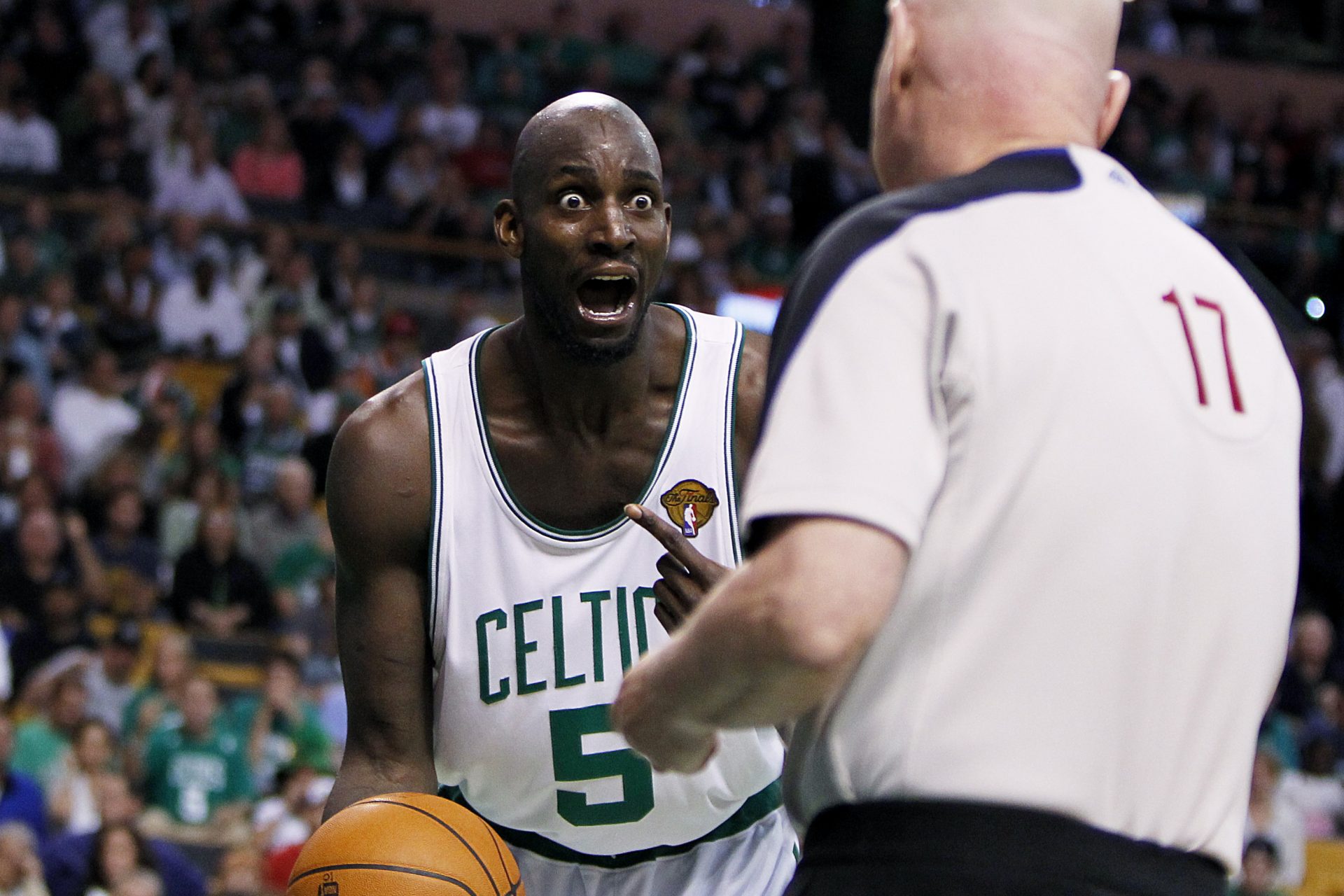The Old Man and the cricket, the incredible life and career of W.G. Grace
W.G. Grace is perhaps the first truly famous cricketer who was known throughout England and with a name that struck fear into the hearts of opponents. A man who both conformed and deviated from the ‘done thing’ he was an icon of the sport with a talent and record which has forever cemented his name in the heart of cricketing folklore.
‘W.G’ as he was known to almost everyone, was born in 1848 in the village of Downend near Bristol in the West Country of England. With eight siblings he was born into a large family, he was part of a picture-perfect Victorian family. His parents, Henry and Martha, were huge cricket fans and played a significant part in W.G. and his brother’s later successes.
The Graces lived a seemingly idyllic life at the family home in Downend with orchards cleared to make space for a cricket pitch, W.G. and his brothers were playing the sport from a very early age. Supposedly Grace held a cricket bat for the first time aged only 2.
Want to see more like this? Follow us here for daily sports news, profiles and analysis!
Not known as much of a scholar, Grace was fully grown by the age of 15, standing at 6’2” with broad shoulders from an early age, he was always an imposing figure. Having spent many hours playing cricket in his garden with his brothers, he was taken under the wing by accomplished coach, Alfred Pocock.
By the age of 11, W.G. had started turning out his father’s club, West Gloucestershire Cricket Club, playing alongside his father and two brothers. Aged 12, Grace made his first 50, scoring a 51 against nearby Clifton Cricket Club an innings Grace remembered fondly for the rest of his life.
After his growth spurt, W.G. was starting to show his true qualities scoring 52 not out and taking 5 wickets for West Gloucestershire against a team from Somerset. His elder brother E.M. would soon be selected for England and would spend multiple years travelling and playing overseas.
After impressing in the West Country and even turning out against an England XI, W.G. would find himself selected, along with brother Fred, to play for a South Wales XI in London at the famed Oval and Lord’s cricket grounds. Quite how the Graces ended up playing for South Wales given their Bristolian heritage has never quite been explained, a fact not lost on W.G. at the time.
W.G. 's nickname during his career was ‘The Doctor’, partially due to his scientific ability to break down opponents, but mostly due to his qualification to become a medical doctor. This was a decision Grace’s father made for him, forcing him to ignore the offers from Oxford and Cambridge Universities to play for the sides and study alongside.
Before 1864, cricket bowlers would deliver the ball via an underarm action, trying to confuse the batter with movement off the pitch rather than via pace or swing. The legalisation of overarm bowling was a significant change that some saw as very controversial and against the spirit of the game. This lined up with the very start of Grace’s career and the timing possibly helped his star grow.
By 1868, when Grace was 20 and enrolling in medical school, he was already seen as the greatest cricketer in England. Two years prior, he had made a monumental score of 224 not out against Surrey at their famous Oval ground, his first score of over 100 at the top level of cricket. His name was now known amongst cricket fans throughout the country.
Want to see more like this? Follow us here for daily sports news, profiles and analysis!
As we mentioned earlier, Grace was an imposing figure, but by his early 20s he had filled out to be a bear of a man. He was also starting to prove himself head and shoulders above his contemporaries in a cricketing sense as well. Scoring century after century for the various sides he turned out for, which for the first time included the county of Gloucestershire.
Nowadays batters scoring centuries is relatively common, but in the late 19th century it was seen as a far harder feat. This was not the case for Grace who belied the difficulty of his craft in 1871, scoring 10 of the 17 first class centuries made that year himself. He scored over 2,700 runs in a season, nearly 1,700 more than the next best figure.
W.G. would never technically be a professional cricketer, despite this being a career available even back then, but after his father passed away, he needed to learn how to make money from his sport. Amateurism was still de rigueur for ‘gentlemen’ cricketers of which Grace was considered. Despite this, he was able to earn a substantial wage, something which would be regularly questioned through his career.
The 1870s saw more organisation applied to first class cricket, with county teams becoming the norm rather than regional or select XIs. Grace’s home county of Gloucestershire was given first-class status in 1870, and with the help of the Grace brothers would dominate most opposition earning multiple titles as The Champion County, an important if unofficial award.
Although preceded by a team of Aboriginal Australians a decade earlier, 1878 saw the arrival of the first official Australian touring side. The Aussie team, including the Australian great fast bowler Fred ‘The Demon’ Spofforth, demolished a Marylebone Cricket Club side featuring Grace at Lord’s in the spring to the shock of many in England.
The 1878 tour of England had sparked a rivalry between the two nations which continues to this day, but it was at the Oval in 1882 where the contest sparked into life. A strong England which included Grace was defeated by the Australian side, with Fred Spofforth overcoming Grace’s defiance to help win the Australians the match.
Batting in cricket must be seen as having two distinct periods, before W.G. Grace and after. Before him, it was seen as uncouth to hit the ball to the leg side, a rather ungentlemanly move quite against the spirit of the game. Grace saw things differently, using a high backlift he would often bully the ball to leg using his great strength and coordination.
Through most of the late-1880s and early-1890s Grace wasn’t quite the titan he had once been with injuries and illness taking their toll. Despite the occasional sign of true dominance, his seemingly indomitable batting ability seemed to be waning.
Aged 47 and with his best years behind him, Grace shocked many by scoring well over 2,000 first-class runs in 1895, which included the vaunted record of 1,000 runs before the end of May, something batters struggle with even now. This proved to be his last great year as a player.
Despite playing first class cricket well beyond his 50th birthday, Grace was now very much in the twilight of his career. By 1908 Grace was done playing cricket, calling time on his 44-year first-class career, a staggering number given that most struggle to play their mid-30s at the top. Grace finished with over 54,000 first-class runs and 124 centuries, whilst also taking 2,809 wickets as a bowler.
Throughout Grace’s career he had a reputation for occasionally cheating, or bending the laws to his advantage. This was on display during a game where Grace was bowled first ball by a young bowler, ignoring all convention he picked up the bails and stumps and reconstructed them, standing his ground. Gesturing to the crowd Grace noted to the bowler “They came to see me bat not you bowl”.
Just seven years after his cricketing career ended, Grace passed away from a heart attack aged 67. His legacy cannot be understated, in many ways he, and his battles with Australia, helped turn cricket into what it is today. With his iconic beard still worn by fans at grounds even today, it is safe to say there are not many more influential cricketers to ever live.
Want to see more like this? Follow us here for daily sports news, profiles and analysis!
More for you
Top Stories



































